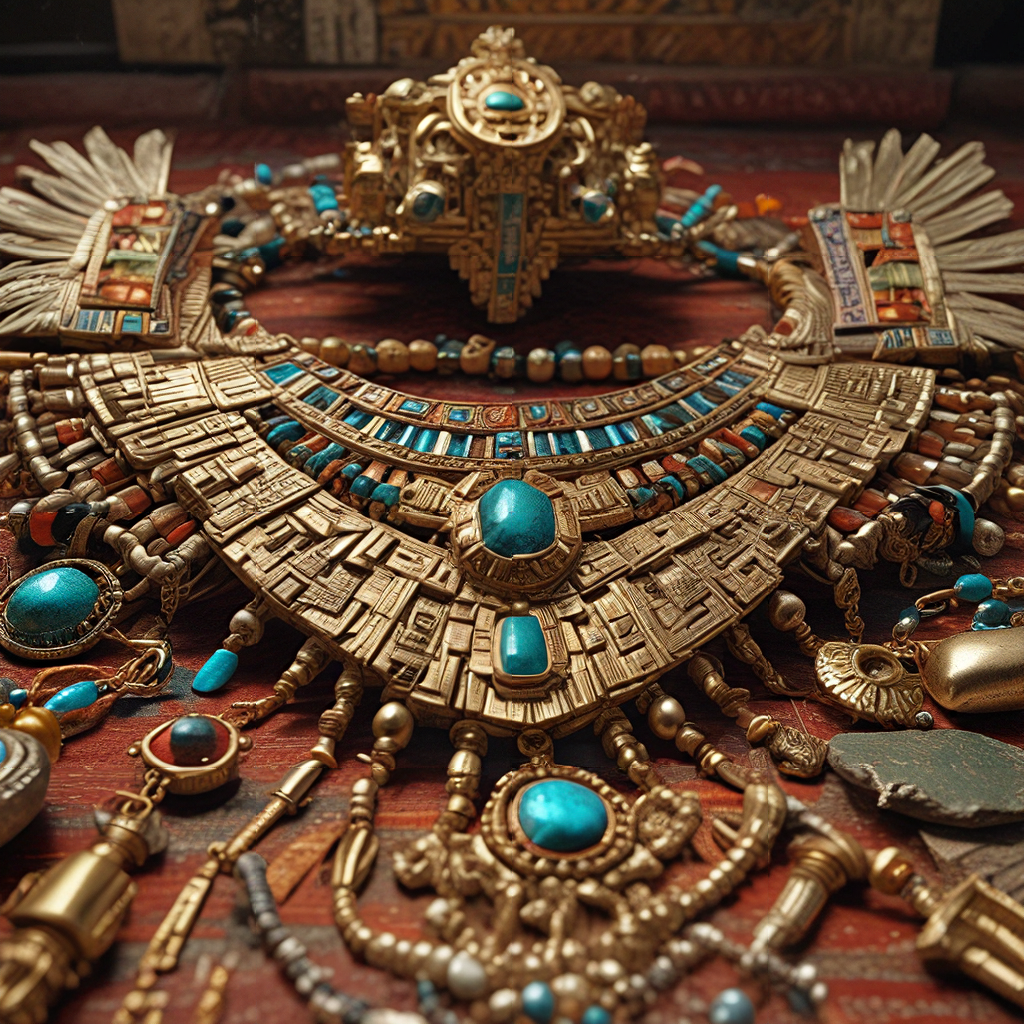The Trickster’s Dance: Mythical Tales of Wit and Wisdom
Introduction to the Trickster Archetype
The trickster is a compelling character found in various mythologies and folklore worldwide. Defined by their cunning, humor, and ability to subvert norms, tricksters are often seen as both heroes and anti-heroes. They challenge established conventions and bring about change through their antics, often teaching valuable lessons along the way.
Common traits of the trickster include:
- Cunning intelligence
- Humor and wit
- Subversive nature
- Ability to navigate between different worlds
The importance of the trickster in cultural narratives lies in their role as agents of transformation, reflecting society’s values and challenging its flaws.
Historical Context of Trickster Myths
Trickster figures have been prominent in various ancient cultures, serving as essential elements in their storytelling traditions. From Africa to the Americas and Europe, the trickster has played a significant role in shaping cultural identities and moral teachings.
Some prominent trickster roles across different civilizations include:
- African Folklore: Anansi, the spider, is celebrated for his cleverness and ability to outsmart stronger adversaries.
- Native American Mythology: Coyote is revered as a creator and a destroyer, embodying the duality of life.
- European Traditions: Figures like Loki from Norse mythology encapsulate mischief and chaos.
The evolution of the trickster through history reflects changes in societal values and beliefs, showcasing the timelessness of their narratives.
Iconic Trickster Figures from Around the World
Various cultures boast iconic trickster figures, each with unique traits and stories. Some of the most notable include:
- Anansi: A West African spider figure who uses his wit to outsmart other animals and humans.
- Coyote: A key character in Native American mythology, representing adaptability and survival.
- Loki: The Norse god of mischief, whose actions lead to both creation and destruction.
- Hermes: The Greek messenger god known for his cunning and trickery, often aiding heroes in their quests.
These tricksters not only entertain but also serve as reflections of their cultures’ values and beliefs, each embodying the complexities of human nature.
The Dual Nature of the Trickster: Creator and Destroyer
The trickster’s role is often dualistic, embodying both creation and destruction. In many myths, tricksters are creators who bring about change but also possess the potential for chaos and disorder.
Examples of this duality can be found in stories such as:
- Creation Myths: In some Native American stories, Coyote is responsible for shaping the world yet often creates obstacles for humans.
- Destructive Actions: Loki’s mischief leads to significant consequences in Norse mythology, showcasing the fine line between creation and destruction.
This dual nature highlights the complexity of the trickster’s character, illustrating how their actions can yield both positive and negative outcomes.
Wit and Wisdom: Lessons from Trickster Tales
Trickster tales are rich with moral lessons, often illustrating the importance of wit as a survival strategy. These stories encourage critical thinking and challenge societal norms.
Some key lessons from trickster stories include:
- The value of intelligence and cunning over brute strength.
- Lessons about humility and the consequences of arrogance.
- Encouragement to question authority and societal norms.
Ultimately, trickster tales serve as a reminder that wisdom can manifest in unexpected ways, often through humor and cleverness.
Tricksters in Modern Literature and Media
The influence of traditional trickster characters resonates in contemporary storytelling across various media. Films, books, and video games have embraced trickster tropes, shaping narratives that reflect modern societal challenges.
Examples of modern tricksters include:
- Films: Characters like Jack Sparrow from the “Pirates of the Caribbean” series embody the playful yet cunning nature of the trickster.
- Books: In Neil Gaiman’s “American Gods,” the character of Shadow Moon exhibits trickster qualities while navigating complex themes of identity and belief.
- Video Games: Characters in games like “The Legend of Zelda” often utilize trickster-like abilities to overcome obstacles and puzzles.
These modern depictions highlight the relevance of trickster figures in addressing contemporary issues and exploring human nature.
Psychological Perspectives on Trickster Characters
From a psychological standpoint, the trickster can be seen as a representation of the unconscious mind. Their behavior often mirrors the complexities of human nature, revealing our inner conflicts and desires.
Key psychological implications include:
- The trickster as a symbol of the shadow self in Jungian psychology, representing repressed traits and desires.
- The exploration of morality and ethics through the trickster’s actions.
- Encouragement to embrace the duality of human nature, recognizing both light and dark aspects.
These psychological interpretations deepen our understanding of the trickster’s significance in mythology and folklore.
The Role of Humor in Trickster Tales
Humor is a vital component of trickster tales, often serving as a vehicle for conveying wisdom and social critique. Through laughter, tricksters can address serious topics and provoke thought.
Functions of humor in these narratives include:
- Breaking down social barriers and challenging authority.
- Providing relief in tense situations, illustrating the absurdity of life.
- Encouraging audiences to reflect on their values and beliefs.
Examples of humorous trickster tales, such as those featuring Anansi or Coyote, demonstrate how laughter can lead to deeper insights and understanding.
Cultural Significance of Trickster Stories Today
In contemporary society, trickster narratives hold significant relevance, particularly in social justice movements. Trickster figures symbolize resistance against oppression and the power of subversion.
Key aspects of their cultural significance include:
- Representation of marginalized voices and experiences.
- Encouragement to question societal norms and injustices.
- Inspiration for creative solutions to complex problems.
As we navigate the complexities of modern life, the wisdom of trickster stories offers valuable lessons, reminding us of the importance of wit, resilience, and the ability to challenge the status quo.




